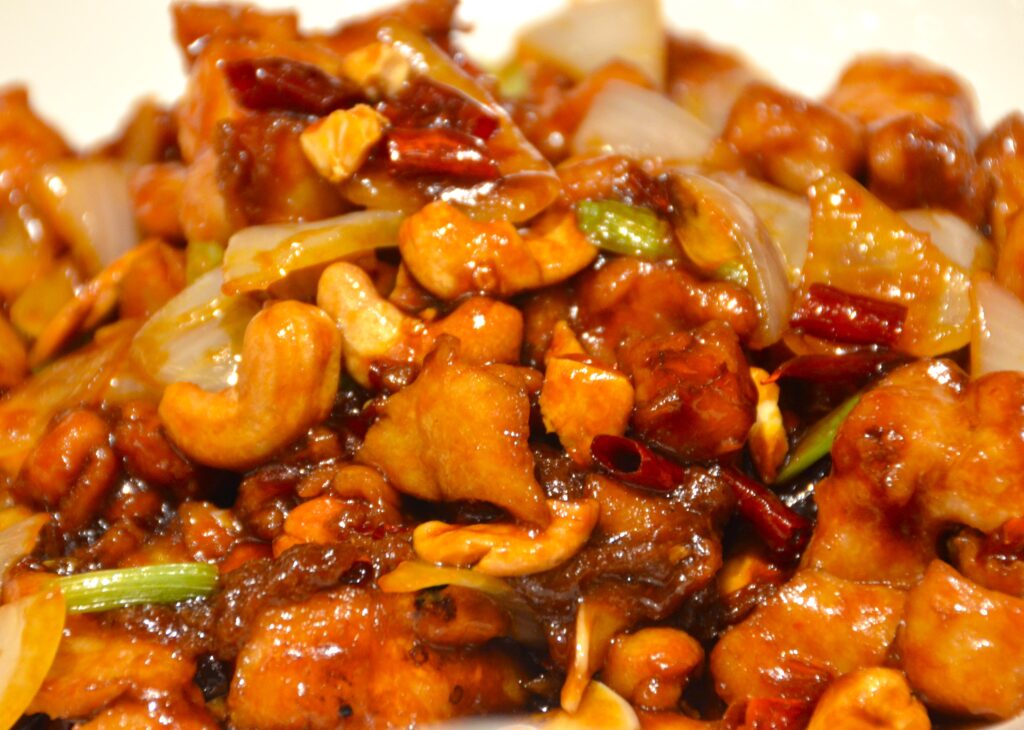text and Photos by Evangeline T. Capuno
A milestone report released recently by the World Health Organization (WHO) showed a total of 53 countries – including the Philippines – had best practice policies in place for tackling industrial trans fats in food as of last year.
This vastly improves the food environment for 3.7 billion people, or 46% of the world’s population, according to the report.
This is significant progress compared to the 2018 figure of just six per cent, or less than half a billion people, when the ambitious target to eliminate all trans fat from the global food supply by the end of 2023 was initially set by WHO.
“Trans fat elimination is attainable, affordable and life-saving, and WHO remains committed to supporting Member States in their journeys towards this goal,” said Dr. Francesco Branca, Director of the Department of Nutrition and Food Safety at WHO.
Given their negative health effects, the current progress could save approximately 183,000 lives per year.
Trans fats, also known as trans-fatty acids, are defined by the United Nations health agency as “unsaturated fatty acids that come from either natural or industrial sources.”
Naturally-occurring trans fat comes from ruminants like cows and sheep. Industrially-produced trans fats are formed in an industrial process that adds hydrogen to vegetable oil converting the liquid into a solid, resulting in “partially hydrogenated” oil (PHO).
Hydrogenation is a process which stabilizes polyunsaturated oils to prevent them from becoming stale and keep them solid at room temperature.
According to the UN health agency, the PHO is an ingredient in many foods, including vegetable shortening, fried and baked foods, and pre-mixed products such as pancake and hot chocolate mix. It is also found in frozen foods, such as frozen dinners, pizza, ice cream, frozen yogurt, milkshakes, and pudding. Non-dairy creamer also contains PHO.

“(PHO) are primarily used for deep frying and as an ingredient in baked goods,” the WHO said. “PHOs were first introduced into the food supply in the early 20th century as a replacement for butter and lard; they are not a natural part of the human diet and are fully replaceable.”
There is evidence that heating and frying oil at high temperature leads to “modest increase” in trans fat concentrations. On average, the level of trans fat has been found to increase by 3.67 grams per 100 grams after heating, and by 3.57 grams per 100 grams after frying.
“There is no evidence that other cooking methods, like baking, boiling and grilling, lead to increased trans fat concentrations, the WHO pointed out.
In the Philippines, the Department of Health (DOH) reported that about 3,000 Filipinos suffer annually from premature death due to high consumption of trans fat.
It must be recalled that on June 18, 2021, the Department of Health Administrative Order 2021-0039 and Food and Drug Administration Circular 2021-028 and 2021-028A were issued; all these went into effect on July 6, 2021. Food manufacturers were urged to reformulate and remove TFAs from their products.
A WHO report said that remarkable progress has been made in every region of the world towards the WHO’s goal of total elimination of industrially produced trans fats. Aside from the Philippines, new best practice policies became effective in six other countries in 2023: Egypt, Mexico, Nigeria, North Macedonia, the Republic of Moldova and Ukraine.
Early this year, the WHO awarded five countries the Validation Certificate for progress in eliminating industrially produced trans fat: Denmark, Lithuania, Poland, Saudi Arabia and Thailand.
However, despite promising trends, progress has been uneven. More than four billion people around the world remain unprotected from this toxic chemical.
Trans fat, a type of dietary fat, has no health benefits. “Trans fat has no known benefit, and huge health risk that incur huge costs for health systems,” deplores WHO Director-General, Dr. Tedros Adhanom Ghebreyesus.
“Your body does not need or benefit from trans fat,” the WHO claims in its website. “Eating these fats increases your risk for health problems.”

For one, trans fat increases your risk for cardiovascular disease. “Trans fats raise your low-density lipoprotein (LDL) or good cholesterol. They lower your high-density lipoprotein (LDL) or good cholesterol. High LDL along with low HDL levels can cause cholesterol to build up in your blood vessels. This increases your risk for heart disease and stroke,” the WHO explains.
Trans fats also increase your risk for diabetes and help you gain weight. “Like all fats, trans fat contains 9 calories per gram,” the WHO says. “Consuming a lot of fat can lead to unwanted weight gain. Excess weight increases the risk for diabetes, heart disease, and other health problems.”
Studies related to trans fat consumption in the country are lacking, as highlighted by peer-reviewed medical journal, The Lancet. About 3,000 Filipinos die prematurely each year “due to high consumption of TFA,” according to the WHO.
The US National Academy of Medicine said there is no safe level of consumption of trans fat. As such, eliminating trans fat is cost effective and has enormous benefits for health. “Put simply, trans fat is a toxic chemical that kills, and should have no place in food. It’s time to get rid of it once and for all,” Dr. Tedros urged. – ###








